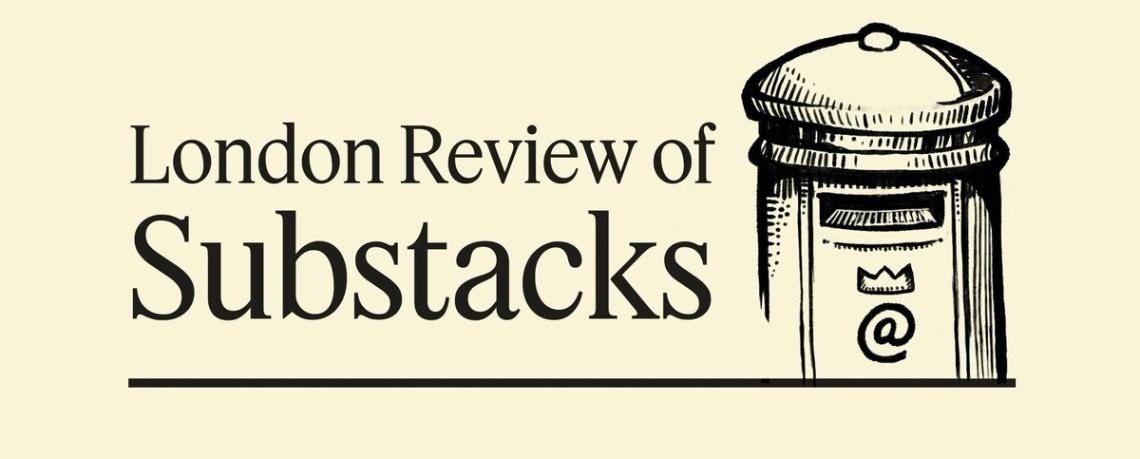 The act of union King James I of England, who died 400 years ago this month, was also King James VI of Scotland: Upon the death of his cousin Elizabeth I, he took the English throne, uniting the two kingdoms for the first time. He was, says the history writer Ed West, “a rather unimpressive sight, [with] a nervous habit of fiddling with his codpiece.” His Scots accent was unintelligible to English courtiers and his clothes were food-stained. His court in London was “notorious for its laxity, drunkenness and dissimulation, venality and promiscuity,” according to one historian. And yet James, who has a spotty reputation now, is a crucial figure in not one but two great nations’ histories. He proposed the term “Great Britain” for the union of Scotland and England and, when crowned, insisted upon bringing the “two Kingdoms, anciently but one, under one Imperial Crowne,” rather than as two separate fiefdoms whose kings happened to be the same person. And it was under his rule — although, it must be said, without much of his actual input — that England’s first American colony was settled, at Jamestown in what is now Virginia. Stoops to conquer Patty Smith and her husband decided 18 months ago to start having coffee outside on their stoop. (Note for non-US readers: This is a landing or flight of stairs at the front of a house.) There was a problem: They didn’t have a stoop. But they wanted to meet their neighbors and create a sense of community, so they just set up folding chairs on the sidewalk outside, and introduced themselves to people who were entering homes nearby. Pretty soon, they had to bring extra folding chairs, and eventually were hosting street parties. They have, Smith says, found a “sense of community that feels like it’s only possible in the suburbs,” in central San Francisco. The stoop coffee idea has transformed her neighborhood: The WhatsApp group is humming, in-person gatherings are going on all the time. “Our neighborhood community is now a group of people that we rely on and who rely on us for emotional support, last-minute childcare, home-cooked meals, general comradery, and much more.” She has tips for those keen on doing similar things, including keeping events simple and low-maintenance, and deciding in advance whether an event is for “broadening” the community — meeting new people — or “deepening” it, allowing existing members to get to know each other better. I guess that’s why they call it the blues If you were a medieval European painter, and you wanted to paint something in really vivid blue, you had to get lapis lazuli from 4,000 miles away in Afghanistan and turn it via a complicated chemical procedure into ultramarine. In the Middle Ages this was sufficiently difficult that only about 60 lbs of ultramarine was produced a year, and almost all of it went into paintings of the Virgin Mary, specifically her coat. Every other manufactured blue thing was kind of faded; Mary’s coat, though, was blue. It was awe-inspiring, argues Scott Alexander: “There — and only there! — the perfect Platonic blue of Heaven would be translated down to Earth.” Then someone invented synthetic ultramarine and we can all see it all over the place and it’s no big deal. This is the history of technology and awe. Hearing a great opera might have been a highlight of your life; the invention of the phonograph meant you could hear it 20 times a day. Now great artworks are available at the click of a button. And, of course, ChatGPT can make Studio Ghibli versions of your family photos in two minutes. It creates a paradox, notes Alexander: “I acknowledge that my inability to marvel at a live Caruso opera in Naples has cost me something deep and beautiful. But I cannot wish that the phonograph was never invented.” |